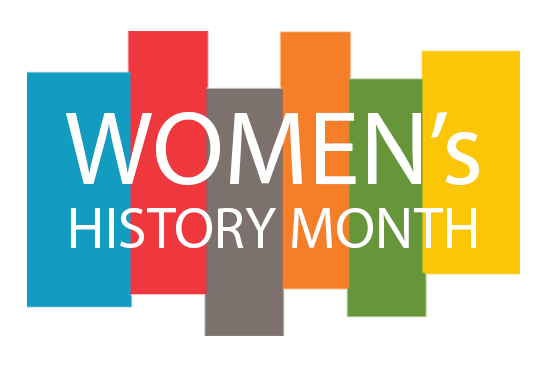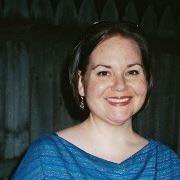2022世界杯32强赛程表时间 > women's history month: women in energy
women's history month: women in energy
03/12/2018

in recognition of women’s history month, we spotlight women who helped power life as we know it.
edith clarke (1883-1959)
clarke's inventions made a difference in the world of electrical engineering and for women across the world. she became the first women to earn an electric engineering degree from the massachusetts institute of technology. as an engineer for general electric, she invented and patented the clarke calculator, a device that solved electric power transmission line problems. among her many accomplishments, she was the first woman to deliver a paper at the american institute of electrical engineers' annual meeting, first woman to teach engineering at the university of texas and the first female fellow of the american institute of electrical engineers.
alice parker (unknown)
parker, an african-american inventor, patented the gas heating furnace in 1919. her patent also included the idea to use air ducts to deliver heat throughout the home. although we don't know much about her, her design laid the groundwork for the various forms of central heating we still use in our homes and businesses today.
marie curie (1867-1934)
curie's work helped shape the world we know today. she discovered uranium rays caused the air around a sample to conduct electricity, discovered the existence of two elements, polonium and radium, and coined the term radioactivity. curie became the first woman to win a nobel prize, the first person to win two, and the only person to win in two different sciences (physics and chemistry). during world war i she developed mobile x-ray units and radon gas syringes to sterilize wounds during world war i to help injured soldiers. it is estimated her contributions helped more than a million wounded soldiers. just a few of her gender-breaking accomplishments include being the first woman to receive a doctorate from a french university, the first female professor at the university of paris, the first women entombed in the paris panthéon based on her own merits.
irène curie-joliot (1897-1956)
curie-joliot followed in her mother's radioactive footsteps. she and her husband, frédéric joliot, won the nobel prize in chemistry for their discovery of artificial radioactivity. curie-joliot's research into radium nuclei helped paved the way for the discovery of nuclear fission by otto han and lise meitner. it is no surprise that curie-joliot's daughter is also a scientist: hélène langevin-joliot is a professor of nuclear physics at the university of paris' institute of nuclear physics and an advocate of women pursuing stem careers.
lise meitner (1878-1968)
meitner studied radioactive elements with otto hahn. after hahn discovered that uranium atoms split when bombarded with neutrons, meitner calculated the energy released from the reaction and named it "nuclear fission."
chien-shiung wu (1912-1997)
known as the "queen of nuclear research," wu was a chinese-american experimental physicist and a member of the manhattan project. after the war, she conducted the "wu experiment" that contradicted the hypothetical law of conservation parity; the work earned her the first wolf prize in 1978. she was the first female president of the american physical society and the first female physics professor at princeton university.
entergy's committed to providing a diverse and inclusive work environment. learn how women are powering life at entergy: http://entergy.com/about_entergy/diversity_and_inclusion.aspx

